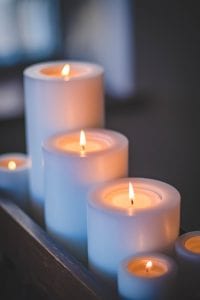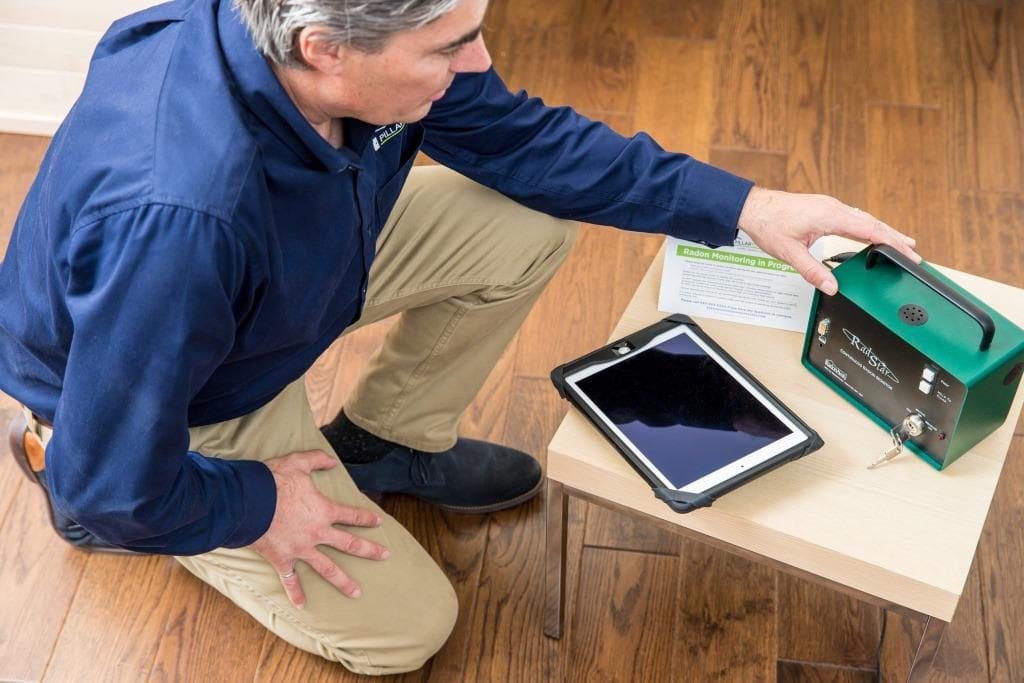
PLACES AND SPACES
Small Home, Big Storage
While “tiny houses” take storage strategies to an extreme, accessible, well planned storage will make daily life easier in any smaller home.
The Drop Zone
Most people use a back or garage entrance more often than the front door. These entryways can incorporate drop zones where everyone can unload their backpacks, shoes, outerwear and more. Baskets under benches provide both seating and storage. Some drop zones incorporate a dedicated shelf or cubby for each family member’s gear.
Beyond the Office
These spaces are often used not only as an office, but for homework, projects, and more.
Repurpose closets by replacing hanging rods with shelving and drawers. A dresser can be used to store project materials for easy access. With multiple users, this multi-function room, like the drop zone, needs to have a workable system that everyone can follow.
Pantry Solutions
The smaller kitchens found in smaller homes need to at least accommodate kitchen staples and big, bulky items such as large mixing bowls, seldom-used small appliances and serving pieces. Pantry shelving for food items should be relatively shallow so that everything is easy to find and reach. This type of shelving can even be added to a niche in the wall between two studs.
Smaller homes aren’t going away, and continue to be especially popular as starter homes and with downsizers. With efficient and practical storage solutions, even a smaller home can accommodate the needs of most families.
HOME & LIFE
Easy Ways to Boost Your Home’s Cozy Factor

Try these surefire tips to warm up your home in the New Year and beyond.
- Set up your own hot cocoa bar with cinnamon, peppermint and marshmallow add-ins. Don’t forget the whipped cream!
- Keep a basket of soft, warm slippers or socks inside your entryway for guests.
- Candles, scented or unscented, will add instant visual warmth.
- Simmer cinnamon sticks, cloves and orange peel in a pot of water. Reheat to keep your home filled with fragrance all day.
HOME MATTERS
Zero Clearance Fireplaces
There’s nothing like enjoying a crackling, wood burning fireplace on a chilly evening or weekend. But what if your house didn’t happen to come with one? Enter the zero clearance fireplace.
Zero clearance refers to a prefabricated fireplace unit that can be installed against combustible surfaces such as walls or floors. A prefab chimney is then run up the inside or outside of the home.
Use a Qualified Installer
Not all types of zero clearance fireplaces are suitable for every situation, so consult an expert if you consider getting one. This is not a DIY project.
Is It Allowed?
Make sure you check local regulations to see if new wood burning fireplaces are approved in your community.
Glass Doors
Most zero clearance fireplaces have glass doors. In some models the doors can be closed while the fire is burning and in others the doors must be left open.
Maintenance
Like its traditional wood burning cousins, a zero clearance fireplace can have dangerous creosote buildup in the chimney flue and must be cleaned regularly to avoid a chimney fire.
GENERAL TIPS
- Burn only seasoned hardwood
- Load the logs near the back of the firebox
- Use a spark screen
- Make sure your smoke and CO alarms are functioning
- Never leave a fire unattended
Relax and enjoy!
INSPECTION INSIGHTS
Is Radon on Your Radar?
Radon is a naturally occurring odorless radioactive gas that seeps into homes from underground. Excessive levels of radon can be dangerous to your family’s health. Here’s what you need to know:
- Radon is the second leading cause of lung cancer after smoking.
- An estimated 1 in 15 homes in the US and Canada has an elevated level of radon.
- High levels of radon can be found in any type of home – new, old, snug, drafty, with or without a basement.
- Testing is the only way to determine if your home is affected.
A qualified radon inspector will:
- Test for unsafe levels of radon inside your home.
- Analyze the data and report on results.
- Recommend steps to reduce excessive radon levels if found.
Get peace of mind for you and your family. Schedule a radon inspection today!
LIFE LESSONS
Try These 5 Favorite Tips and Feel Better Every Day
No matter what time of the year, these easy-to-fit-in ideas can make a difference every day – and not just for you.
- Reach out to a friend or relative. Even a quick text to touch base will do.
- Put your to-do list in writing to help clear your thoughts, especially at night.
- Make a cup of coffee or tea and just listen calmly to the sounds around you.
- Take a quick walk, even if it’s just for a few minutes.
- Greet everyone with “How’s your day going?” You may be the only one who asks.

HOME MATTERS
All About Garage Doors
Overhead garage doors may be the largest and heaviest moving object in most homes. For safety and reliability, make sure it’s up to date and kept in proper working order.
Safety First
Older garage doors can lack some of the safety features required in newer installations. Automatic openers must have sensors, usually a pair of electric eyes, that will stop and reverse the door if a person or pet moves across its path.
Power Out?
What about getting the door open during a power outage? Use the manual release – in most cases it’s a short red cord that hangs down close to the center of the door, inside the garage. Practice how to operate the release in case you need to get a car out of the garage during a power outage.
Smooth Sailing
Maintaining the door is important for safety and for quiet, smooth operation. A garage door specialist can provide periodic maintenance, or you can do much of this yourself, including lubricating the springs and hinges. The track where the wheels run should never be lubricated for safety reasons. A professional can also check the door balance and alignment and make any necessary adjustments.
Controlled Access
When moving into a new home, change the remote control code immediately for security purposes, just as you would re-key or change the home’s door locks. If the remote can’t be reprogrammed, chances are, it’s an outdated system, and should be upgraded for safety reasons.
A garage door and opener, with proper maintenance, will help ensure safe operation and should last for many trouble-free years.


 icon and select "Add to Home Screen".
icon and select "Add to Home Screen".






